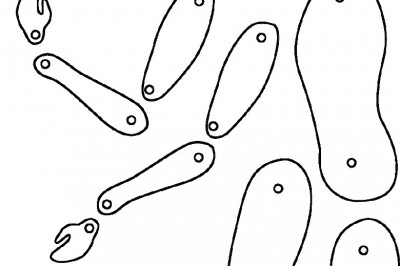Attractive Business Opportunities in Fiber Optics Market
The global fiber optics market size is projected to reach USD 6.9 billion by 2024 from USD 4.3 billion in 2019, at a CAGR of 10.0%, between 2019 and 2024. The growing need for Fiber To The x (FTTx) and increasing demand for the internet across the globe is expected to support the growth of the fiber optics market. However, the demand for wireless communication systems is restraining the growth of the market. The advances in technology and growing telecom industry in the Middle East & Africa has created opportunities for manufacturers.
Download PDF Brochure at https://www.marketsandmarkets.com/pdfdownloadNew.asp?id=238443438
The key players in the fiber optics market include Corning Incorporated (US), Prysmian Group (Italy), Finisar (US), AFL Global (US), SumitomoElectric Industries, Ltd(Japan), LS Cable & System (South Korea), Leoni AG(Germany), Furukawa ElectricCo. Ltd. (Japan), General Cable Corporation (US),Sterlite Technologies Limited (India), Optical Cable Corporation (US), Australian fibre optic communications (US),Coherent, Inc.(US), Finolex(India), RPGCables(India), Art Photonics GmbH (Germany), Optical Cable Corp.(US), AmphenolFSI (US), Tratos (Italy), Orbis Oy (Finland), HTL Ltd. (India), AkshOpticfibreLimited (India), Oman Fiber Optic Co. S.A.O.C. (Oman), and Prime Optical Fiber Corporation(Taiwan).
Players inthe fiber opticsmarket are mainly concentrating on new product launches,agreements, and expansions to meet the growing demand for fiber opticsforvarious applications. New product launches help companies to strengthen theirproduct portfolio and meet the specificdemands of customers.
Request Sample of Report at https://www.marketsandmarkets.com/requestsampleNew.asp?id=238443438
The growth of the a fiber optics market has been largely influenced by agreements and new product launches that were undertaken between 2016 and 2020. Companies such as Corning In corporated. (US) and The Prysmian Group (US) have invested in R& D to enhance their market position by creating developed products. They are also focusing on expansion to strengthen their foothold in the regions.
Corning Incorporated.(US) is one of the leading producers of fiber optics. The company actively invests in R&D for creating innovative solutions for the fiber optics market.In August 2018, Corning Incorporation invested USD 60 million to build its new fiber optics cable production plant in Hickory, North Carolina. This facility is expected to produce various fiber optic cables. Recently, in January 2018,the company opened a new fiber opticsmanufacturing facility in Newton, North Carolina. This expansion is a part ofcompany’s plan to invest USD 250 million in optical fiber, cable, and solutionmanufacturing facilities. This has helped the company to fulfill the growing demand for optical fiber and cable across the globe.
The Prysmian Group (US) is another leading player in this market.The company investssignificantlyin R&D for new technologies and innovations in productdevelopment. It aims at expanding its presence in North America with the helpof acquisitions.Recently, in June 2019, the company signed a supply agreementwith CityFibre (UK) for the supply of optical fiber for underground and aerialapplications.InJune 2018, Prysmian completed the acquisition of General Cables (US). After theacquisition, General Cable has become a privately-held company of the PrysmianGroup.
Furukawa Electric Co. Ltd. (Japan) is also a leading producer of fiber optics. The company has adopted organic growth strategies in the fiber optics market.In January2019, it completed the expansion of its optical fiber production facilitylocated at Norcross, Georgia. This helped the company to meet increasing demandfor fiber optics.Recently, in May 2018, the company opened its firstmanufacturing facility in Tangier, Africa. Owing to this expansion, the fiberoptic production capacity of the company in expected to increase by 20%. This hashelped it to meet the increasing demand for fiber optics from Africa.




























